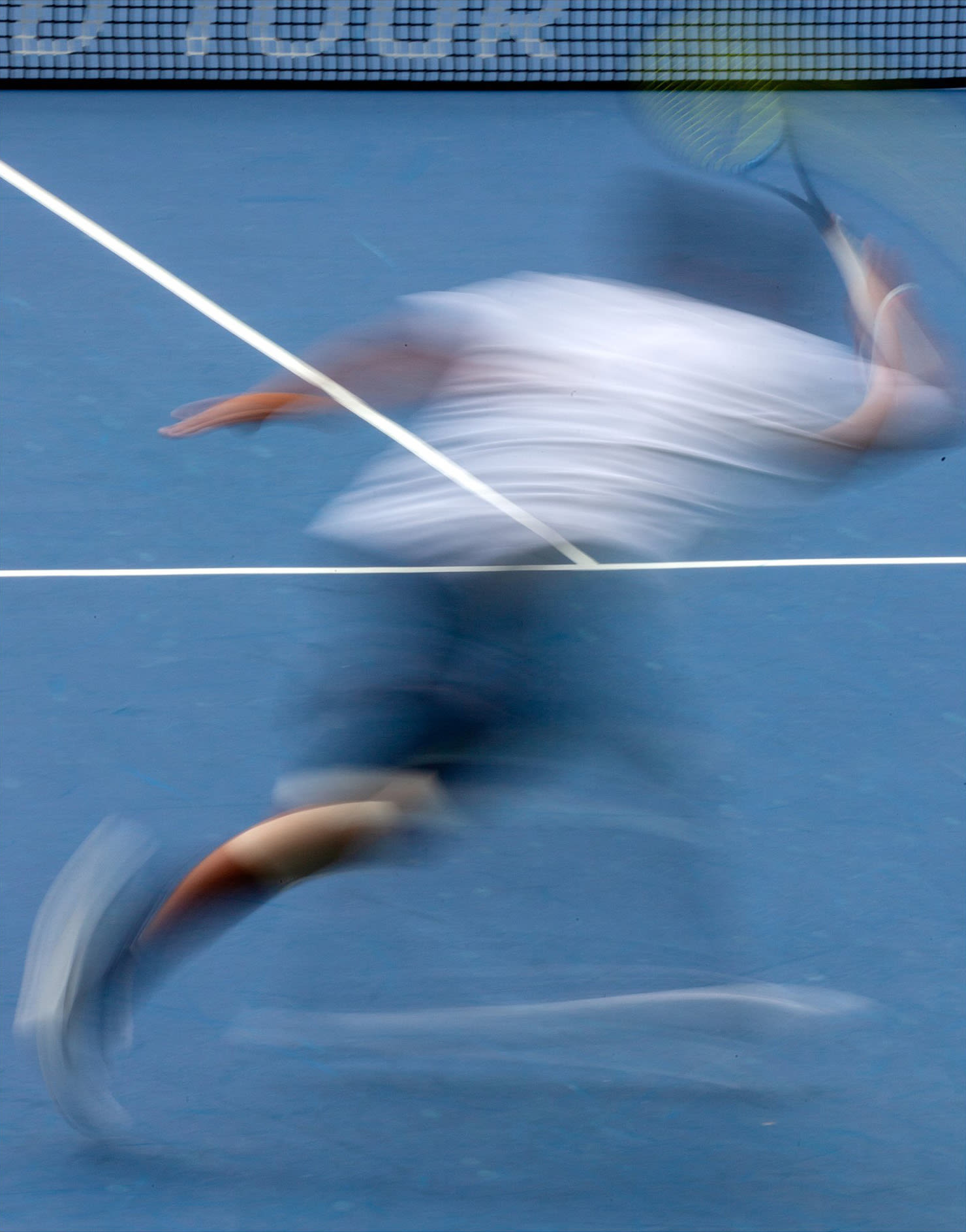A spectre is haunting the Tour. Not since the decade leading up to the Open Era has professional tennis been in such a state of derangement and dissatisfaction. The tournament calendar keeps expanding, encroaching on the scant training and recovery time, not to mention free time, players have left. Due to the convoluted set of interlacing corporate structures that run the sport, professional tennis players receive far less compensation as a percentage of revenue than their comparable professional athlete peers. Eventually, there will be a convulsion. A break.
The Open Era was unimaginable from the landscape just a decade before, a world in which amateurism was prized and professionalism sidelined. Just as it was then, whether through player rebellion, over-monopolization and collapse, or an existential crisis caused by a sudden slide into less relevance, a new era is coming. It may not be a player-owned, unionized revenue-sharing paradise—an autocracy sovereign wealth-funded centralization or a hyper-capitalized megacorp megatour under a single banner are probably far more likely—but the professional sport will not look how it looks now. We'll look back on this era with nostalgia and confusion. Those of us who simply play, will keep playing. The distance between us and those who play for their lives will keep growing. We will keep watching them from afar, less and less able to imagine.
Those of us who simply play, will keep playing. The distance between us and those who play for their lives will keep growing.
Professional tennis needs more drama! The tour has a personality problem that could stunt its growth—just watch any press conference with Carlos Alcaraz, Jannik Sinner, or Iga Swiatek. Today's top stars have all the charisma of a neglected snake plant. But it's not entirely their fault—when media training begins at conception, which is par for the course these days, stepping out of bounds becomes nearly impossible. This makes Aryna Sabalenka's antics all the more heroic; she's saving the sport one TikTok dance and celebratory "drinks on me!" at a time.
As tennis fans, we've been spoiled by the 'Big 3' rivalry. Their battles elevated the sport to unprecedented heights, giving us iconic moments like Nadal-Federer Wimbledon 2008 and Djokovic-Federer Wimbledon 2019. Yet beyond these matches, the sport's most memorable moments always involve drama: Medvedev telling Tsitsipas, "man you better shut your fuck up ok." Sharapova declaring, "I'm not the next Kournikova. I want to win matches." Djokovic "hanging up" on Shelton; Kyrgios…being Kyrgios. These moments of friction and flair define the sport as much as any championship match.
With the 'Big 3' era coming to an end, tennis has a charisma vacuum to fill.

With the 'Big 3' era coming to an end, tennis has a charisma vacuum to fill. The solution might lie in its country club sibling, golf. The game is growing thanks in part to an explosion of YouTube content creators like Rick Shiels, Bob Does Sports and Good Good. According to The National Golf Foundation, there has been a steady rise of on and off-course participation for the last five years. It also helps that top stars like Bryson Dechambeau (1.7M subscribers) have built massive YouTube followings and injected excitement into professional tournaments by breaking the fourth wall during play.
Tennis needs to follow suit: bring in hot mics to capture player conversations, reduce tournaments in favor of press tours that build player-fan relationships, and integrate content creators who can probe the game's many psychological layers. As Roland Barthes observed in his analysis of wrestling, "What the public wants is the image of passion, not passion itself." Perhaps it's time professional tennis crafted a better image of passion—one with more humor, more animus, more anguish. The sport's future might depend on it.
Challengers was the moment. Tennis could have become the horny sport of record, with all those sweat-soaked ecstatic grunts roaring and green balls bouncing around, their peach fuzz like the damp down of an upper leg or a lower back. But instead it felt nearly sexless, a well-disguised drop shot that teased before landing softly, harmlessly.

Tennis has a pop culture problem. For the first time in what feels like decades there is now a gap between the stars on the court (Alcaraz, Sinner, Sabalenka, Swiatek) and the ones who crackle when they're off of it (Osaka, Kyrgios, Tiafoe.) (For what it's worth, Coco Gauff seems to be a potential bridge between those worlds.) The result is a sport that casual fans watch, at most, four times a year when they can navigate time zone differences and the paucity of viewing options on cable or streaming services.
The sport needs to experiment to grow. In an ideal world, the future of tennis looks a lot like that other country club sport that was in desperate need of a youthful breakthrough: golf. Golf has played with formats and competitions, expanded into streetwear and influencer campaigns, and gotten a lot more popular in the process. It seems insane to me that tennis is getting its lunch eaten by a sport like Pickleball, which has a sexual anti-charisma to it, a court sport for eunuchs. There could be no Challengers about Pickleball. Its signature sound is the click clacking plastic like two dolls fucking. Tennis' future as a sport depends on it reattaching itself to public consciousness, and one movie isn't going to cut it.
It seems insane to me that tennis is getting its lunch eaten by a sport like Pickleball, which has a sexual anti-charisma to it, a court sport for eunuchs.

